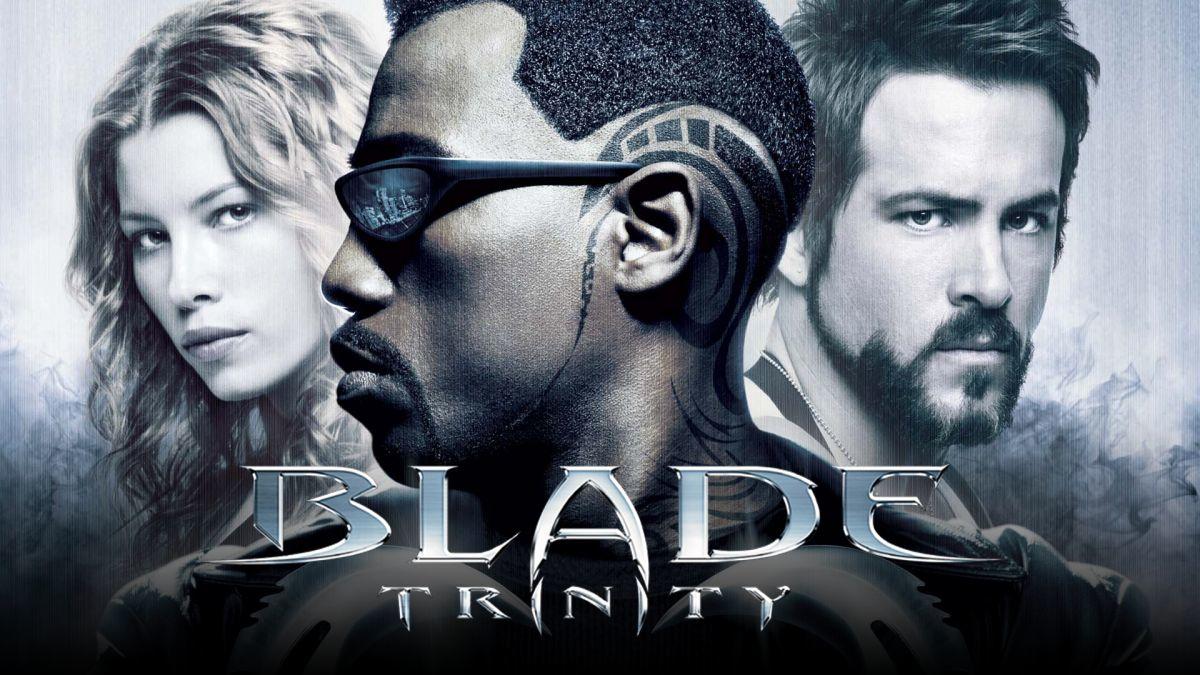REVIEW: Loose Ends #1 Represents Modern Crime Comics at Their Best
Story: Jason LatourArt: Chris BrunnerColor: Rico RenziPublisher: Image ComicsRelease Date: January [...]
Story: Jason Latour
Art: Chris Brunner
Color: Rico Renzi
Publisher: Image Comics
Release Date: January 25, 2017
Crime comics are often defined by their plot. Drugs? Violence? Corruption? Include these elements and you've got a genre on your hands. All of these components can be found in Loose Ends #1, but they're not what makes it great. This is a comic book that understands plot is not the soul of the crime genre; it's merely a tangible detail that's easier to define. Crime is about a mood and a feeling. It's about a perspective that's simultaneously brighter and bleaker than anything else you might read. This is way in which Loose Ends presents the world of Sonny Gibson, a vet doing bad things for sympathetic reasons. More importantly, this is why it succeeds in doing just that.

You don't need more than a few panels to know what this comic is about. It's constructed from thick, black lines that aren't always clean and don't strive to be. While the linework is identifiable and consistent (at least in scenes set in the present), it is not a simple matter of one-size-fits-all. On a bartender it accentuates curves and draws out a level of sexiness that can't be found in the Swimsuit Edition. On a pair of good ol' boys it shows the bones that are waiting to be fractured, if they haven't been already, along with plenty of dirt. Loose Ends offers a world that often sets beauty and ugliness side-by-side, then proceeds to forget they are different. This is used to blur the lines of reality, as well. Inebriation is a constant amongst almost all of these characters. The world continues to dim and blur as the story continues, enhanced by the crushing strength that wraps up forms and figures.
Darkness isn't just found in outlines and details though; it regularly obscures the face. Even when two people are talking close enough to kiss, one will be averting their eyes or covered in shadow. Human connection is fleeting and readers will find themselves waiting to look someone in the eyes again. When the comic jumps back in time briefly, it's not just a monochromatic color scheme that gives it away. The linework becomes a bit more crisp as the work of memory adds details and clarity, certainty whether it ought to exist or not. It's the faces that remain the constant weaving it all together. They are what show the gulfs that separate all of these characters no matter how familiar.

That monochromatic scheme stands out because it's set against the neon hues perfected in comics like Spider-Gwen. They light up a small town bar with an energy that is equal parts exciting and frightening. That's the balance struck by so many elements of Loose Ends, including the dialogue. It pings off the page like rain on a shed's tin roof. Even when veering toward cliche, it fits with the mood of this world well enough never to become too distracting.
The mood of Loose Ends is what makes it work and transforms it from being a great crime comic to a great comic. There's something happening in these pages that cannot be defined by a summary of plot or characters or intent. You only need to look at a page to know what is happening. The construction of all these elements tells you exactly what needs to be known. This is a world that knows itself all too well. The beauty of Loose Ends #1 is that you know exactly what type of comic it is and what it's really about before anyone does anything wrong.
Grade: A-




